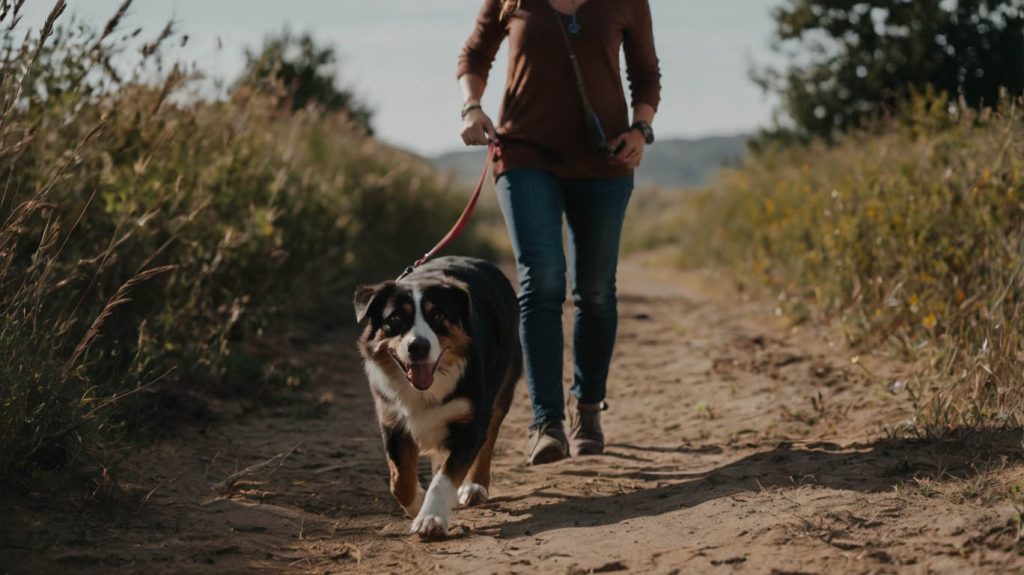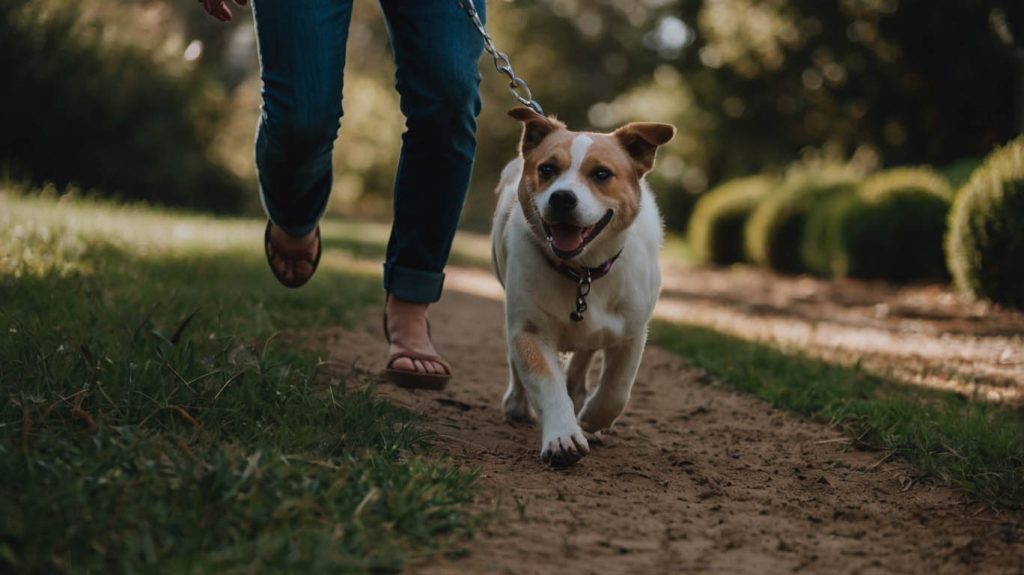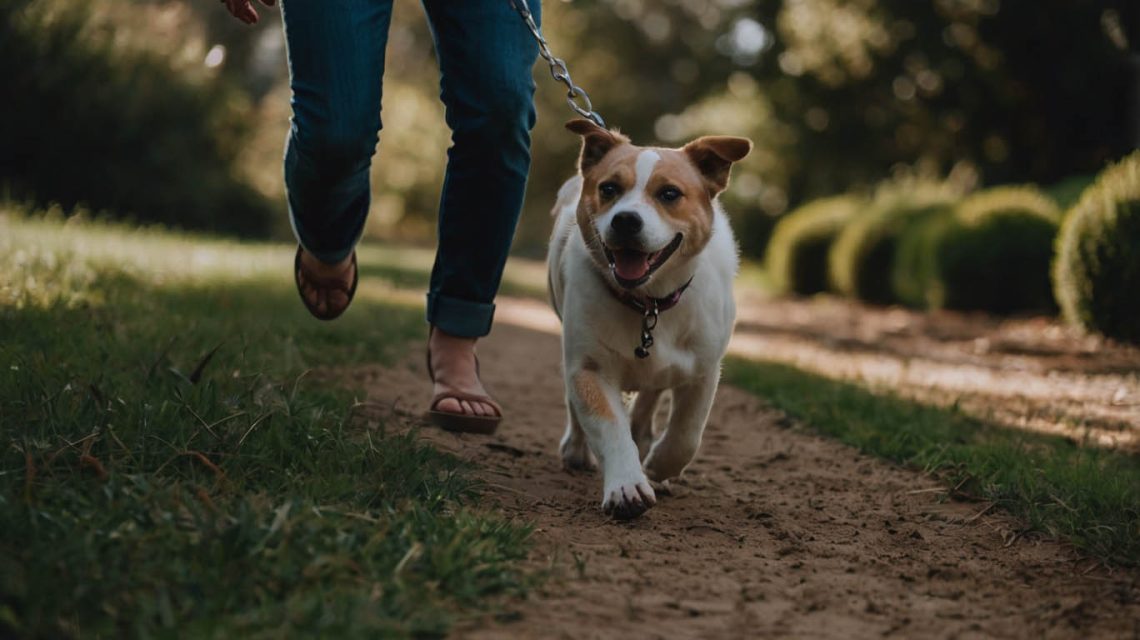Loose Leash Walking Tips: How to End the Tug-of-War and Enjoy Your Walk
The story is one that plays out on sidewalks everywhere: a dog owner, arm strained and shoulders tense, being dragged down the street by an enthusiastic but unruly dog. The dream of a calm, connected walk feels miles away, replaced by a constant battle of wills. If this sounds familiar, you are in the right place to find effective loose leash walking tips that can permanently change this frustrating dynamic. Leash pulling is not a sign of a “bad” or “dominant” dog; it is simply a sign that your dog has learned that pulling gets them where they want to go.
This comprehensive guide will walk you through the entire journey of teaching a beautiful, loose leash walk. First, we will establish the essential mindset shift and gear necessary for success. Then, we will break down the training into clear, actionable steps using positive, science-backed methods. Consequently, you will learn to transform your leash from a tool of restraint into a line of communication, creating a dog who chooses to walk happily by your side.
The Foundation: Essential Mindset and Gear for Loose Leash Walking
First and foremost, before you take another step, you must reframe your goal. The goal is not to “stop the dog from pulling.” Instead, the goal is to teach the dog what you want them to do instead: walk on a loose leash. This subtle shift from a negative (“don’t do that”) to a positive (“do this!”) is the cornerstone of these loose leash walking tips.

Choosing the Right Equipment: Your First Step to Success
The right gear can make training dramatically easier and safer.
- The Leash: A standard 6-foot nylon or leather leash is your best tool. Immediately ditch the retractable leash. Retractable leashes are the enemy of loose leash walking, as they literally reward your dog for pulling by giving them more distance.
- The Harness: While you can train on a flat collar, a front-clip, no-pull harness is a game-changer. When your dog pulls, the harness gently redirects their forward momentum, turning them back toward you without putting any pressure on their sensitive neck or trachea. This is a humane and highly effective management tool.
The Training Plan: Your Step-by-Step Loose Leash Walking Tips
With the right mindset and gear, you are ready to start training. Remember, these loose leash walking tips rely on patience and consistency above all else.
Step 1: Make Being Near You the Best Place on Earth
Your dog pulls because the environment ahead is more exciting than you are. You need to change that equation.
- The “Silky Leash” Game: Before you even go outside, practice in your house or a quiet backyard. Hold the leash so it hangs in a gentle “J” shape (a “silky leash”). Take a step. If the leash remains loose, say “Yes!” in a happy tone and give your dog a super high-value treat. Repeat. You are teaching your dog the fundamental concept: this feeling (a loose leash) is what earns rewards.
- Use High-Value Reinforcement: For this training, kibble won’t be exciting enough. Use tiny, pea-sized pieces of cheese, boiled chicken, or soft, smelly training treats. For more ideas, explore our internal guide on [Choosing High-Value Training Treats Your Dog Will Love].
Step 2: What to Do When the Leash Tightens
This is the most critical part of the training. This is where you teach your dog that pulling is completely ineffective.
- The “Be a Tree” Method: The very instant you feel the leash start to tighten, stop walking. Plant your feet and become a boring, unmovable tree. Do not yank the leash or scold your dog. Just wait. The moment your dog eases the tension—by taking a step back, turning to look at you, or even just shifting their weight—immediately say “Yes!” and take a step forward. This creates a crystal-clear connection: Tight leash means all fun stops. A loose leash makes the world move again.
- The 180-Degree Turnaround: This is another powerful technique. When your dog hits the end of the leash and starts to pull, cheerfully say “Oops!” and immediately turn around and walk in the opposite direction. When your dog catches up to you and the leash is loose, praise and reward them. This method is incredibly effective at teaching a dog to pay attention to where you are.
Step 3: Gradually Increase the Challenge
One of the most common mistakes is asking for too much, too soon.
- Start in a Boring Environment: Your first training sessions should be in a low-distraction area, like a quiet street or an empty parking lot.
- Slowly Add Distractions: As your dog becomes more successful, you can gradually move to environments with more distractions, like a quiet park. Remember, every new environment is a chance to practice these loose leash walking tips from the beginning. According to respected organizations like the American Kennel Club (AKC), proofing behaviors in different environments is key to reliability.

Advanced Loose Leash Walking Tips for a Pro-Level Walk
Once you have the basics down, you can add these techniques to create an even more reliable and attentive walking partner.
- Reward Check-Ins: Any time your dog voluntarily looks back at you on a walk, reward them! This encourages them to stay connected with you.
- Incorporate “Sniffy Breaks”: Walks are for your dog’s enrichment, too. On a loose leash, let them know it’s okay to sniff with a cue like “Go sniff!” This gives them a release and makes the structured walking part more valuable.
Conclusion: From a Battle to a Ballet
Implementing these loose leash walking tips is a journey that requires a commitment to positive reinforcement and consistency. It’s about building a new habit for both you and your dog. By teaching your dog that a loose leash is the key to everything they want on a walk, you will transform your daily tug-of-war into a beautiful, synchronized ballet. The peaceful, enjoyable walks you’ve always dreamed of are not only possible—they are waiting for you.


